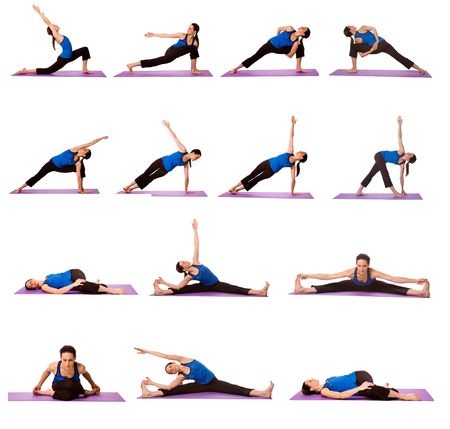by Wayne Still
 The founder of Structural Integration, Ida P Rolf PhD, began to practice yoga in the 1920s while she was a research scientist at the Rockefeller Institute. This was decades before the practice of yoga came to be as widely known and accepted as it is today. Through its practice Dr Rolf gained an understanding of body dynamics particularly as it related to developing balance in the body and its fluidity of movement. Continue reading
The founder of Structural Integration, Ida P Rolf PhD, began to practice yoga in the 1920s while she was a research scientist at the Rockefeller Institute. This was decades before the practice of yoga came to be as widely known and accepted as it is today. Through its practice Dr Rolf gained an understanding of body dynamics particularly as it related to developing balance in the body and its fluidity of movement. Continue reading

 In 1908 J. Madson Taylor MD penned the following lines:
In 1908 J. Madson Taylor MD penned the following lines:
